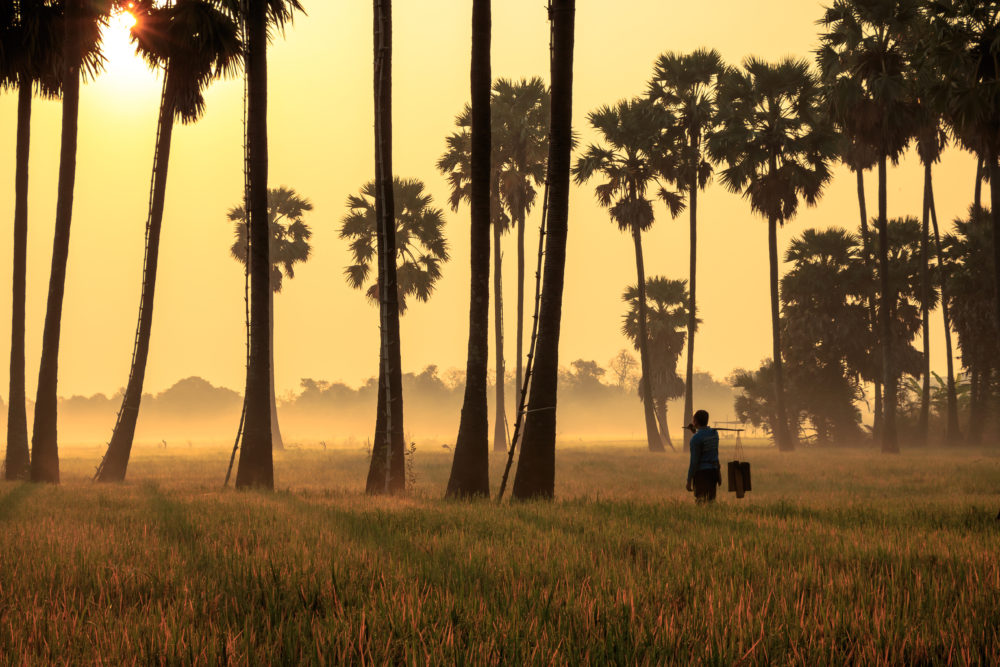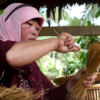
The implementation gap: Scaling-up recognition of community land rights
By the Rights and Resources Initiative
The failure to recognize and secure community land rights on the ground undermines local, national, and global efforts to address poverty, food insecurity, conflict, inequality, and climate change. Local livelihoods are vital to feeding the world, and evidence demonstrates that the large-scale plantations that have engulfed many community lands in fact fail to help the poor or deliver inclusive development.
Furthermore, Indigenous Peoples and local communities are the proven best guardians of many of the world’s forests and biodiversity. Where their rights are respected and protected, deforestation rates are lower and carbon storage higher. In Brazil, for example, community forests store 36 percent more carbon per hectare than non-community forests, and the deforestation rate is 11 times lower.
Yet in terms of recognition of community ownership rights, the numbers are stark: Indigenous Peoples and local communities have customary rights over at least 50 percent of the world’s land, but have legal ownership rights to only 10 percent, according to a Rights and Resources Initiative study examining 64 countries that cover 82 percent of the world’s land.
This situation persists despite the fact that 88 percent of the countries examined have at least one tenure regime recognizing the rights of Indigenous Peoples and local communities. A number of countries are considering new legal frameworks, while others are working to strengthen existing laws and policies. But in many countries, the lack of secure rights stems largely from weak implementation of laws that hold the potential to recognize rights on a massive scale.
Clearly, implementing existing legal frameworks that recognize community land and resource rights is vital to achieving global goals—and to the lives, livelihoods, and cultures of the up to 2.5 billion people who rely on community lands.
Scaling-up implementation on community and indigenous land rights on the ground will be a major focus of the third international conference on community land and resource rights, held in Stockholm on October 4-5. Representatives of 65 countries—hailing from government, the private sector, civil society, and indigenous and local community organizations—are gathering to develop a shared path forward.
The conference will take stock of existing laws and policies that can be used to secure rights recognition in places like Indonesia, where a 2013 Constitutional Court ruling declared that the state must return customary forests to Indigenous Peoples, opening a window of opportunity that could potentially secure at least 40 million hectares of customary territory. Similarly in Kenya, the implementation of the 2016 Community Land Act lays the groundwork for recognition of community lands across the country. And in Colombia, recognition of pending land claims from Afro-descendant communities in the Caribbean region would result in the recognition of 2 million hectares of community lands.
These promising developments have occurred as a suite of new initiatives and institutions has taken shape to support local actors. Conference participants will work together to leverage and strengthen this network of solutions.
A Sida “Development Talks” on the eve of the conference will mark the official launch of one of the most promising of these tools, the International Land and Forest Tenure Facility. The Tenure Facility is the world’s first multi-stakeholder institution dedicated solely to supporting the rights of Indigenous Peoples and local communities to secure their land and resource rights. It seeks to close the implementation gap by securing rights for Indigenous Peoples and local communities where laws and policies are already in place but implementation has been slow or nonexistent. Evidence from the Tenure Facility and other tools demonstrates that Indigenous Peoples and local communities are taking the lead in securing their rights, strengthening their communities, and building a more prosperous world for all.


